Home>Gardening & Outdoor>Outdoor Structures>How To Secure A Pergola To The Ground
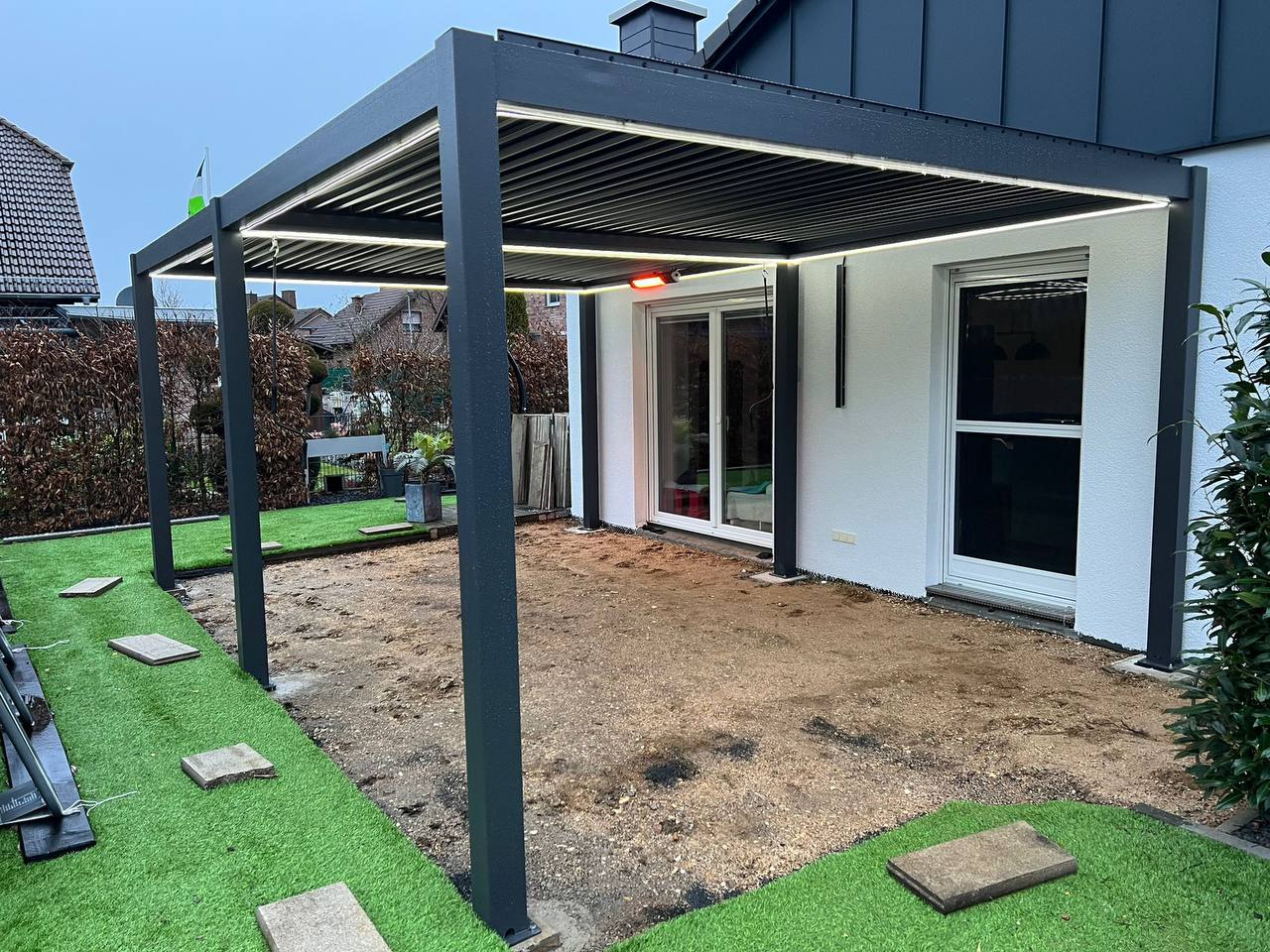

Outdoor Structures
How To Secure A Pergola To The Ground
Modified: November 2, 2024
Learn the best methods for securing your outdoor structures to the ground. Find out how to secure a pergola and keep it stable in any weather. Protect your investment with these expert tips.
(Many of the links in this article redirect to a specific reviewed product. Your purchase of these products through affiliate links helps to generate commission for Storables.com, at no extra cost. Learn more)
Introduction
So, you've decided to add a pergola to your outdoor space. Congratulations! A pergola is a fantastic addition to any yard, providing a beautiful and functional space for outdoor enjoyment. Whether you're envisioning cozy evenings under the stars or lively gatherings with friends and family, a pergola can transform your outdoor area into a captivating oasis.
However, to ensure that your pergola stands the test of time and the elements, it's crucial to secure it firmly to the ground. This not only enhances its stability but also safeguards it against strong winds and other environmental factors. In this comprehensive guide, we'll delve into the essential steps for securing a pergola to the ground, ensuring that your outdoor retreat remains a safe and inviting haven for years to come.
From selecting the right anchors to preparing the ground and attaching the pergola securely, we'll cover each step with clarity and insight. By the end of this guide, you'll be well-equipped to undertake this project with confidence, knowing that your pergola will stand firm and true.
Let's embark on this journey to fortify your pergola and create a captivating outdoor space that beckons you to unwind and revel in the beauty of nature.
Key Takeaways:
- Choose the right anchor type based on your outdoor space’s characteristics and pergola size to ensure a stable and enduring foundation for your outdoor structure.
- Prepare the ground meticulously and conduct regular maintenance to safeguard your pergola’s stability and aesthetic appeal, creating a safe and inviting outdoor haven for relaxation and entertainment.
Read more: How To Cover A Pergola
Choosing the Right Anchors
When it comes to securing a pergola to the ground, the choice of anchors plays a pivotal role in determining its stability and longevity. The market offers a variety of anchor options, each designed to suit different ground conditions and structural requirements. Here are some popular anchor types to consider:
- Concrete Anchors: Ideal for solid ground, concrete anchors provide exceptional stability. They are typically secured by pouring concrete into holes and embedding anchor rods or brackets before the concrete sets.
- Ground Screws: Well-suited for both hard and soft ground, ground screws offer a versatile and efficient anchoring solution. These screws are twisted into the ground using specialized equipment, providing a strong foundation for the pergola.
- Auger-style Anchors: Designed for softer ground, auger-style anchors feature a corkscrew-like design that enables them to be twisted into the soil, offering reliable support for the pergola.
- Wedge-style Anchors: Suited for solid ground, wedge-style anchors are inserted into pre-drilled holes and expanded to create a secure fit, ensuring the stability of the pergola.
Before selecting an anchor type, it’s essential to assess the characteristics of your outdoor space, including the soil type, ground stability, and local weather patterns. Additionally, consider the size and weight of your pergola, as well as any potential load-bearing requirements for hanging plants, lights, or other accessories.
Furthermore, consulting with a professional or a knowledgeable supplier can provide valuable insights into the most suitable anchor options for your specific needs. By choosing the right anchors, you’ll lay a solid foundation for your pergola, setting the stage for a secure and enduring outdoor structure.
Preparing the Ground
Before anchoring your pergola, it’s crucial to prepare the ground to ensure a stable and long-lasting installation. The following steps will guide you through the process of ground preparation:
- Clearing and Leveling: Begin by clearing the area where the pergola will be installed. Remove any debris, rocks, or vegetation, and ensure that the ground is level and free from any obstructions that could interfere with the anchoring process.
- Marking Anchor Locations: Determine the precise locations for the anchors based on the pergola’s design and dimensions. Mark these locations clearly to serve as reference points during the installation process.
- Excavation: Depending on the anchor type and the ground conditions, you may need to excavate the marked locations to accommodate the anchors. Follow the manufacturer’s recommendations for the depth and diameter of the holes, ensuring that they are suitable for the chosen anchors.
- Soil Assessment: Evaluate the soil composition and stability to determine if any additional measures, such as compacting the soil or adding gravel for drainage, are necessary to enhance the ground’s suitability for anchoring.
- Consideration for Utilities: If your pergola will incorporate lighting or other electrical elements, take into account the placement of utilities and plan for any necessary underground wiring or conduits during the ground preparation phase.
By meticulously preparing the ground, you create a solid and accommodating foundation for securing the pergola. This groundwork not only contributes to the structural integrity of the installation but also sets the stage for a visually appealing and harmonious integration of the pergola with its surroundings.
With the ground duly prepared, you are now ready to proceed with the next crucial step: attaching the pergola to the anchors, bringing your vision of an enchanting outdoor retreat one step closer to reality.
Use metal post anchors or concrete footings to secure the pergola to the ground. This will provide stability and prevent it from being lifted by strong winds.
Attaching the Pergola to the Anchors
With the ground prepared and the anchors in place, the time has come to attach the pergola to the anchors, bringing the structure one step closer to its final form. The following steps outline the process of securely fastening the pergola to the anchors:
- Positioning the Pergola: Carefully lift or maneuver the pergola into its designated location, ensuring that it aligns with the marked anchor positions. Enlist the assistance of others if needed to safely and accurately position the pergola over the anchors.
- Securing the Connections: Depending on the anchor type and the design of the pergola, follow the manufacturer’s guidelines for securing the connections. This may involve attaching brackets, bolts, or other fastening components to firmly affix the pergola to the anchors.
- Leveling and Alignment: Use a level to ensure that the pergola is perfectly aligned and balanced. Make any necessary adjustments to the connections or anchor points to achieve an even and level installation.
- Fastening and Finishing: Once the pergola is securely positioned and leveled, fasten the connections according to the recommended specifications. This may involve tightening bolts, adjusting tensioning mechanisms, or applying any additional securing measures to reinforce the attachment.
- Quality Checks: Conduct thorough quality checks to verify the stability and integrity of the installation. Test the pergola for any signs of movement or instability, and address any issues promptly to ensure a secure and reliable attachment.
By methodically following these steps, you can ensure that your pergola is firmly and safely attached to the anchors, ready to withstand the elements and provide enduring enjoyment for years to come. The secure attachment not only enhances the structural integrity of the pergola but also contributes to its overall aesthetic appeal, creating a captivating focal point in your outdoor space.
With the pergola securely fastened to the anchors, the final stage involves conducting thorough checks and implementing maintenance measures to uphold the longevity and performance of the installation.
Final Checks and Maintenance
As the pergola installation nears completion, it’s essential to carry out final checks and establish a maintenance routine to ensure the long-term durability and performance of the structure. The following steps outline the crucial final checks and maintenance measures:
- Stability Assessment: Conduct a comprehensive assessment of the pergola’s stability, ensuring that all connections are secure and that the structure exhibits minimal to no movement or sway. Address any instability promptly to prevent potential issues in the future.
- Weatherproofing: Apply weather-resistant coatings or treatments to protect the pergola from the elements. This may include sealing or staining the wood, applying rust-resistant coatings to metal components, or utilizing protective finishes to enhance the pergola’s resilience against moisture and UV exposure.
- Inspecting Hardware: Regularly inspect the fasteners, brackets, and other hardware components for signs of wear, corrosion, or loosening. Tighten or replace any compromised hardware to maintain the structural integrity of the pergola.
- Ground Maintenance: Keep the area surrounding the pergola clear of debris and vegetation, ensuring that the ground remains stable and free from potential hazards that could impact the pergola’s anchoring and stability.
- Seasonal Care: Implement seasonal maintenance practices, such as cleaning, resealing, or tightening connections, to address the effects of changing weather conditions and ensure the prolonged resilience of the pergola.
By performing these final checks and establishing a proactive maintenance regimen, you can safeguard the structural integrity and aesthetic appeal of your pergola, preserving its allure and functionality for years to come. Regular maintenance not only prolongs the lifespan of the pergola but also ensures a safe and inviting outdoor space for relaxation and entertainment.
With the completion of these final checks and the implementation of a maintenance plan, you can take pride in your securely anchored and well-maintained pergola, ready to enrich your outdoor experiences and create lasting memories amidst the beauty of your outdoor sanctuary.
Now that you've mastered securing your pergola, why not expand your horizons? For those with a flair for unique backyard designs, our guide on outdoor structures will inspire you with various options. If you're more of a hands-on person, consider building your own DIY pergola with integrated planters; it's a perfect weekend project! Safety enthusiasts shouldn't miss out on understanding why construction safety is paramount during any building endeavor. Each piece offers valuable insights tailored to enhance your outdoor living space and ensure every project is safe and successful.
Frequently Asked Questions about How To Secure A Pergola To The Ground
Was this page helpful?
At Storables.com, we guarantee accurate and reliable information. Our content, validated by Expert Board Contributors, is crafted following stringent Editorial Policies. We're committed to providing you with well-researched, expert-backed insights for all your informational needs.
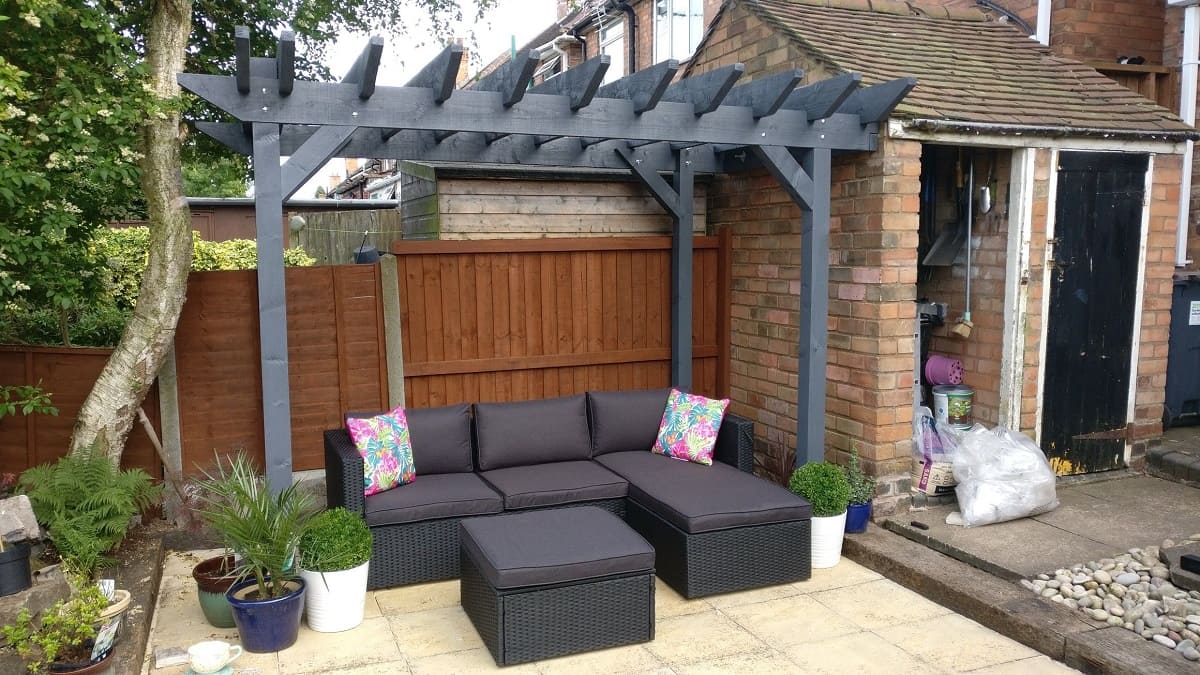
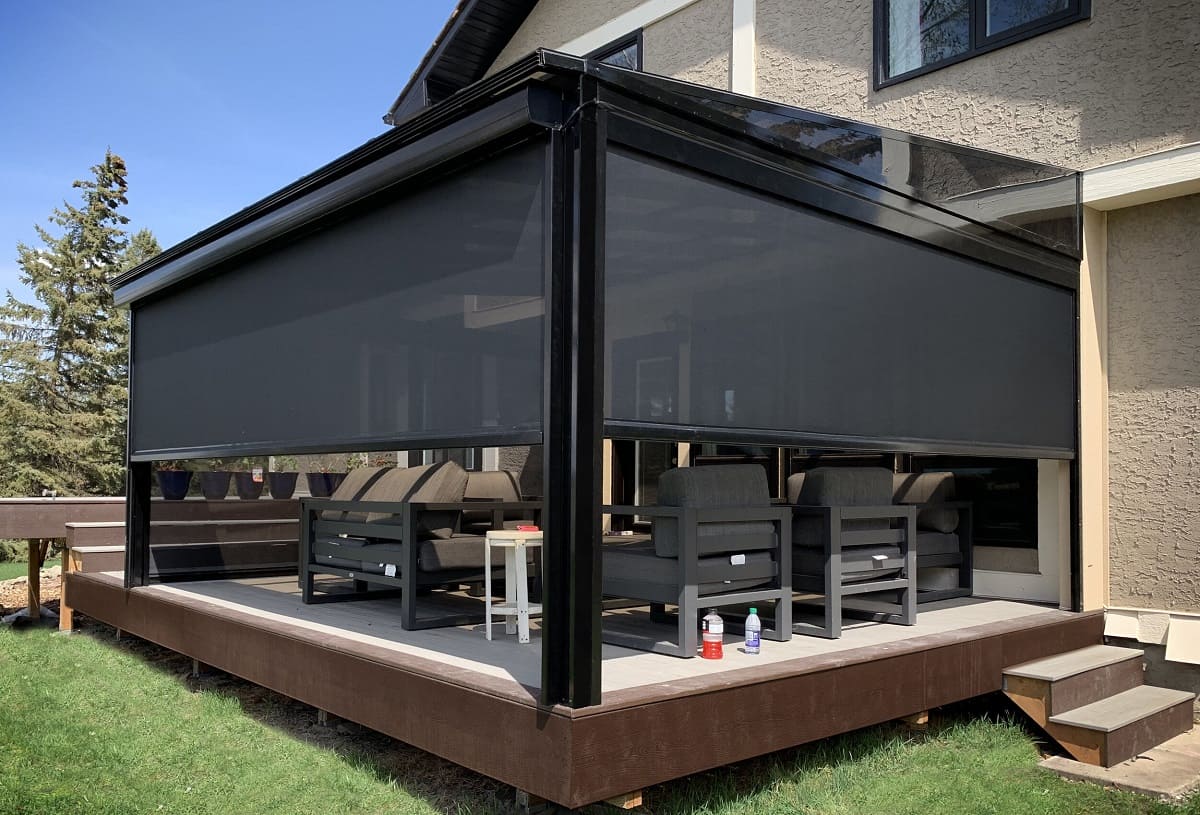

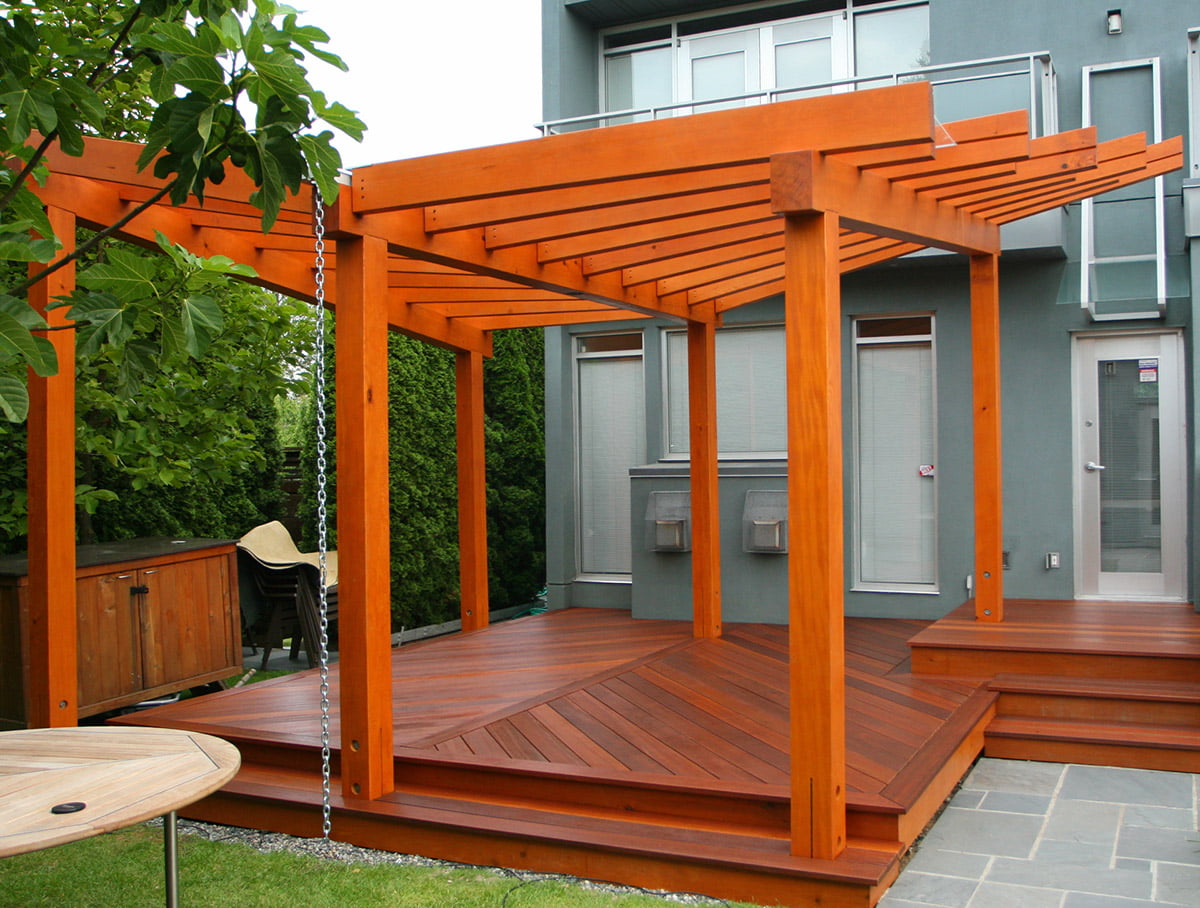
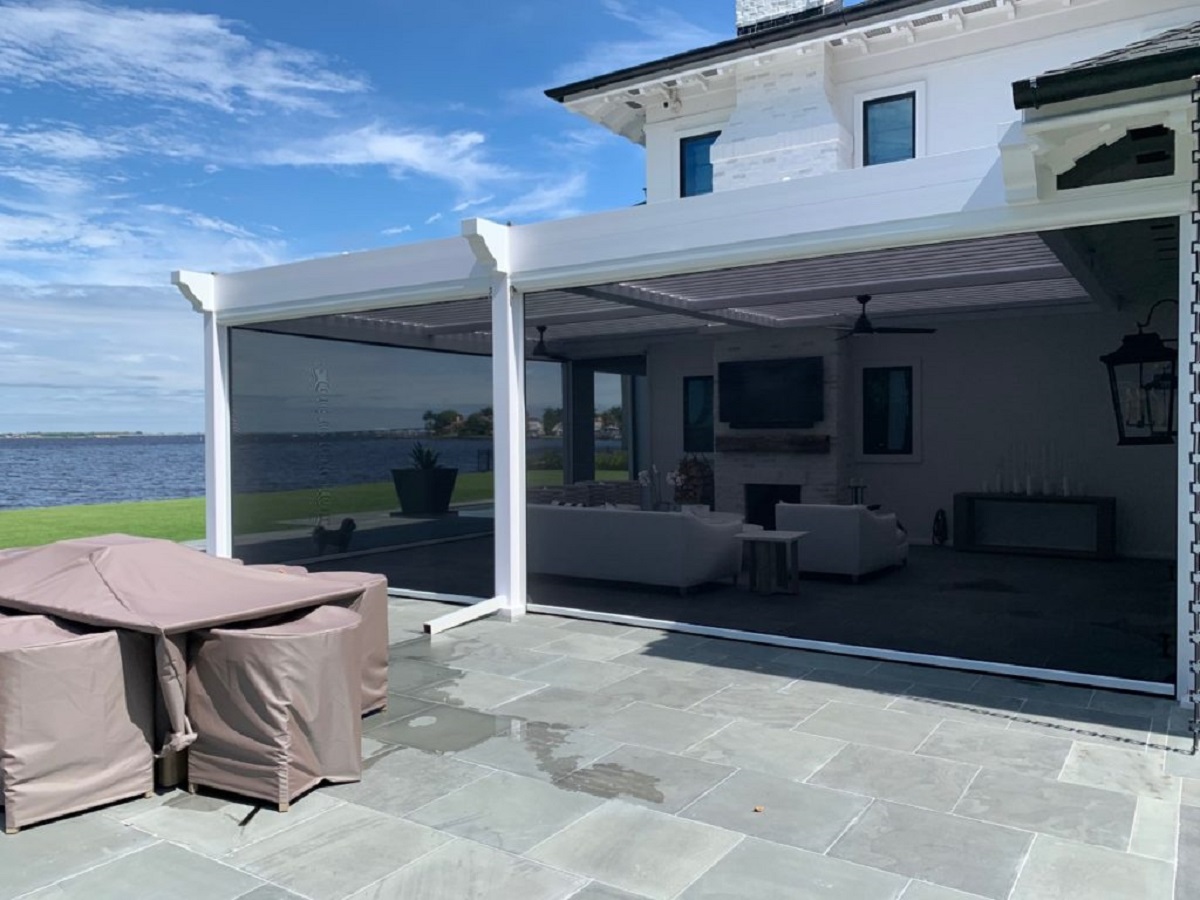
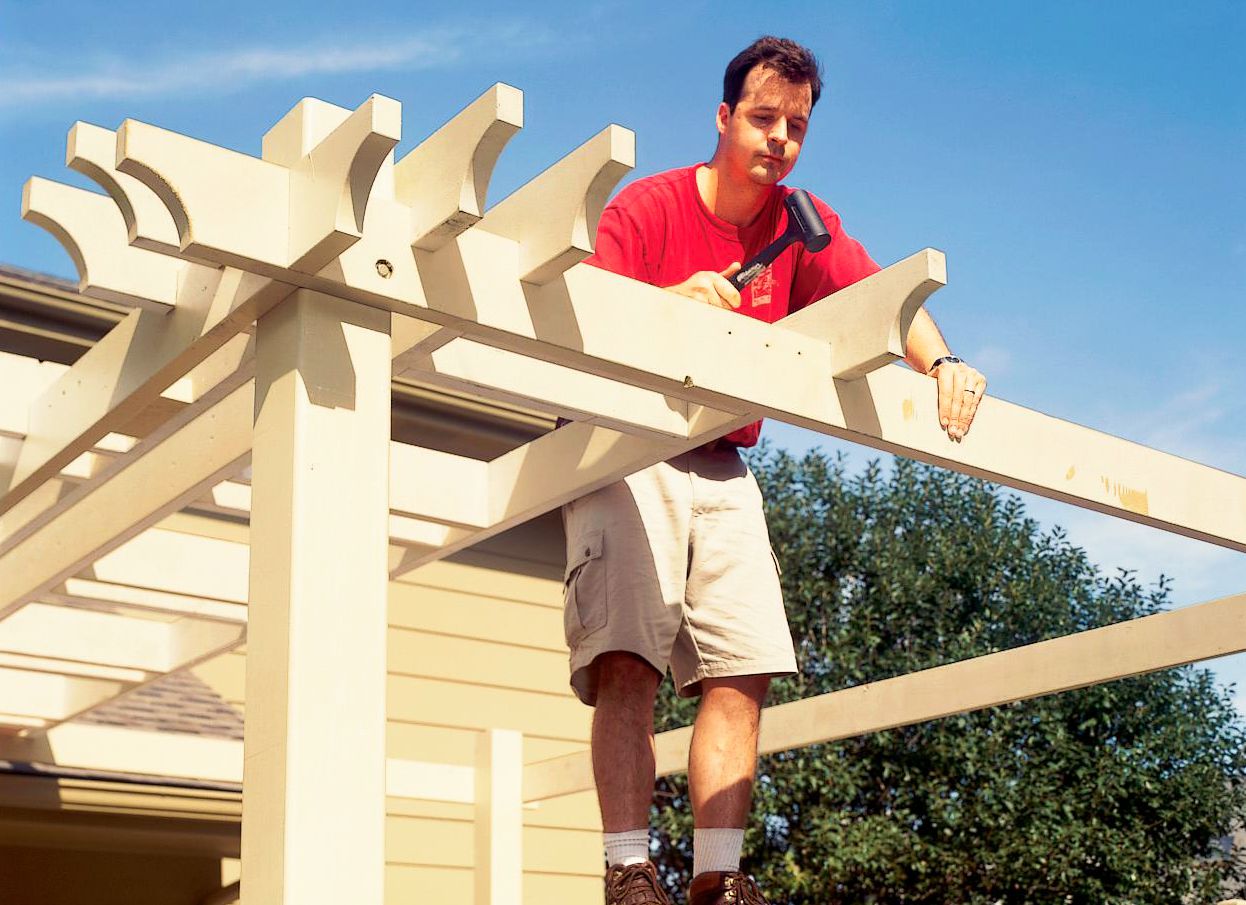
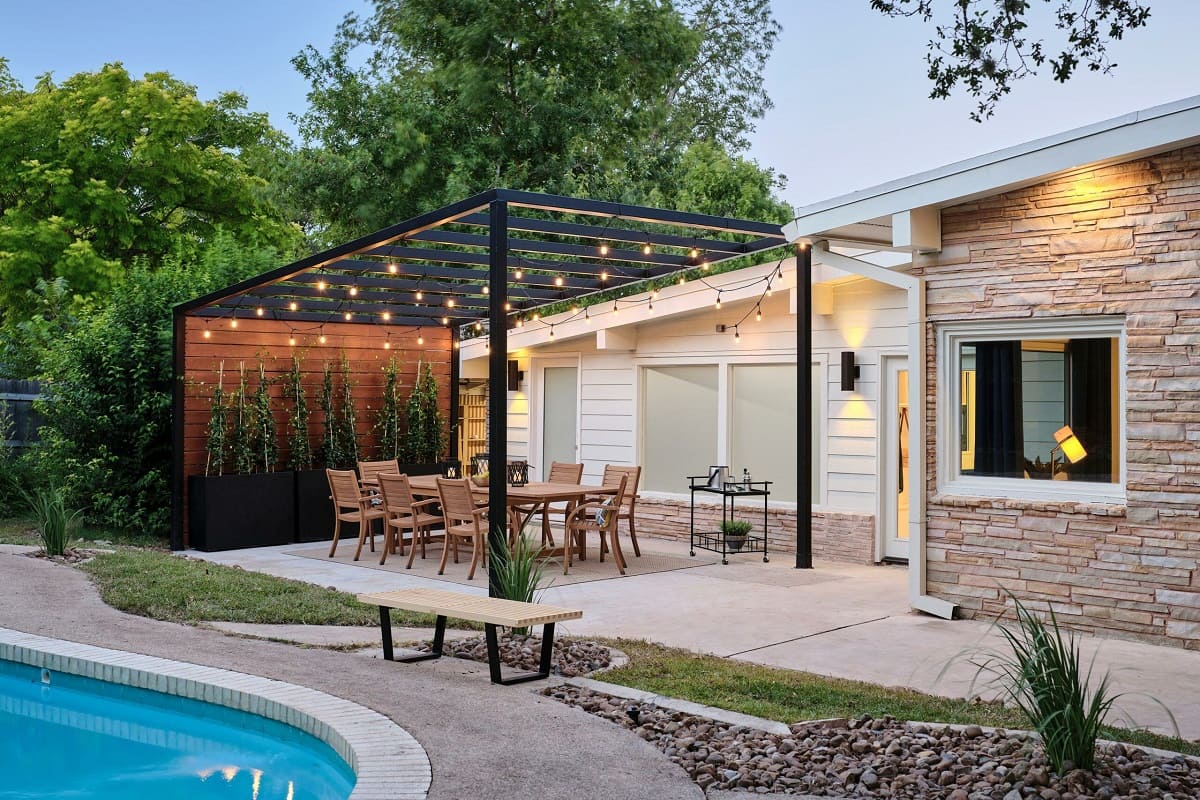

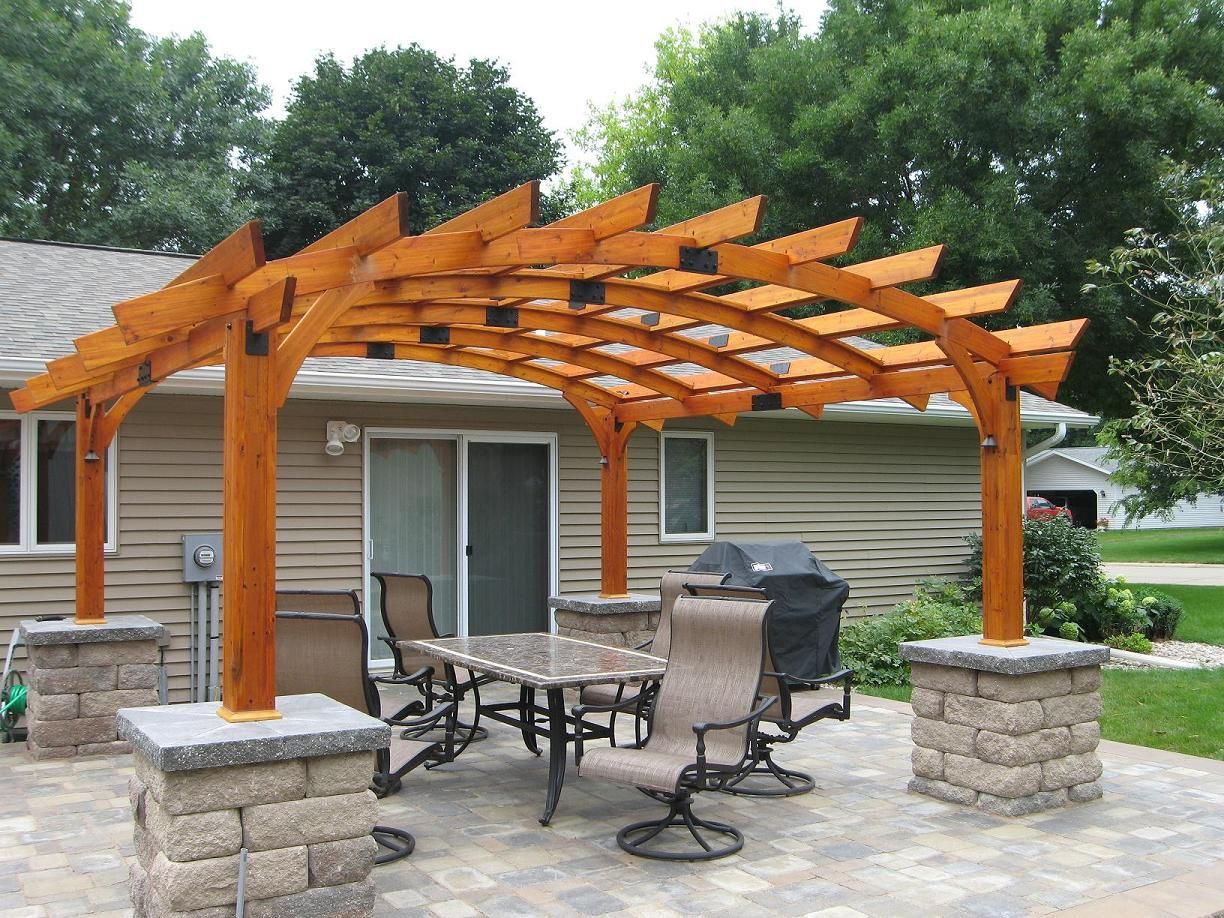
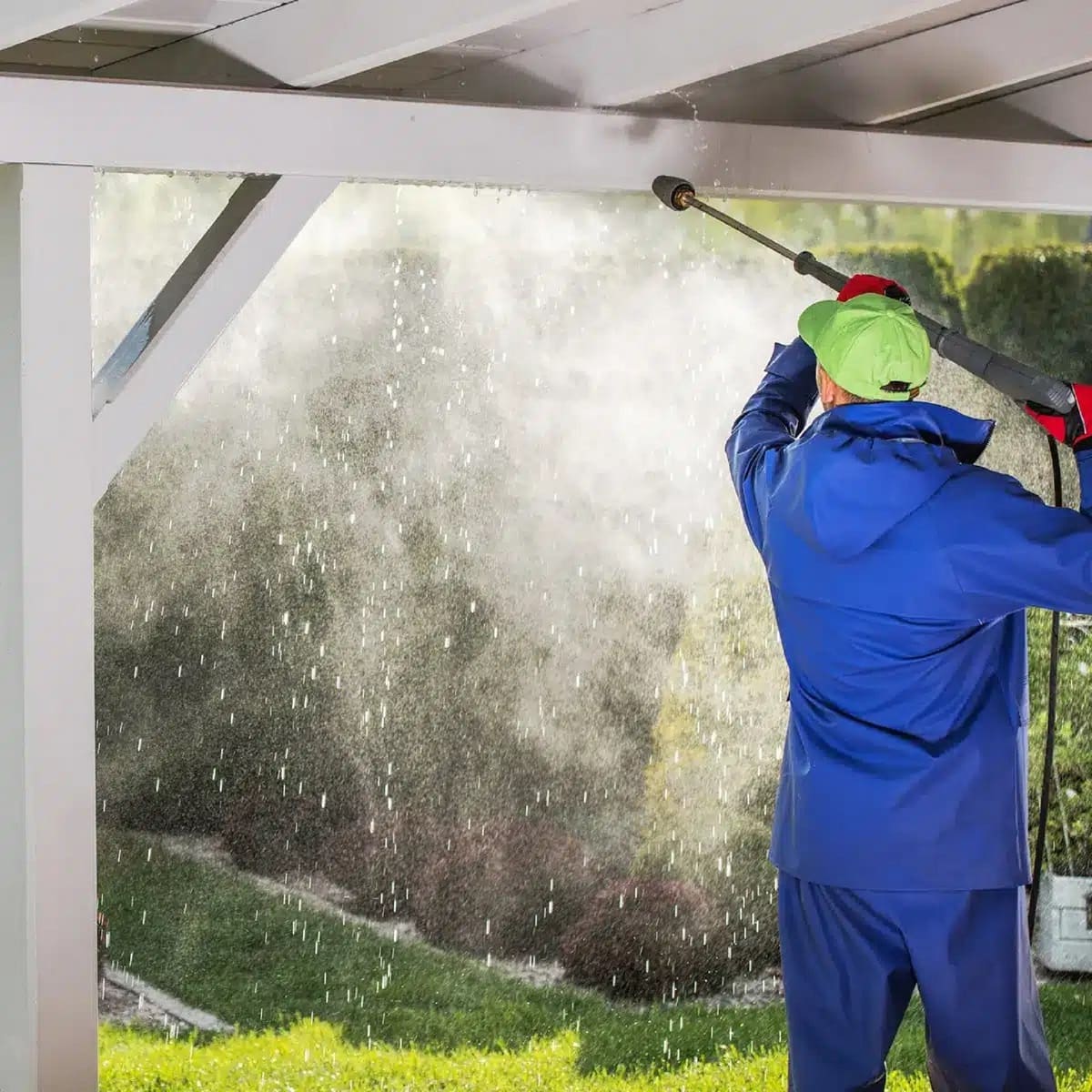
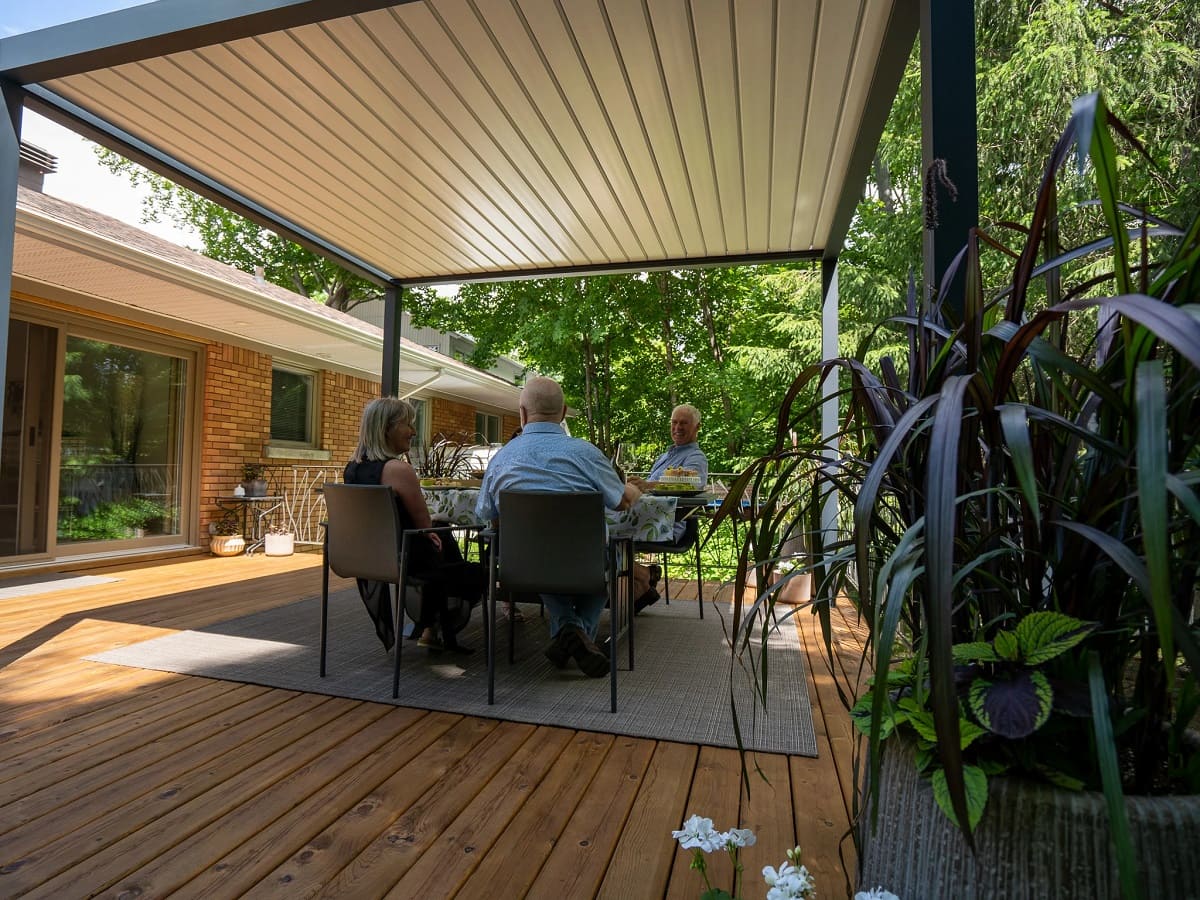
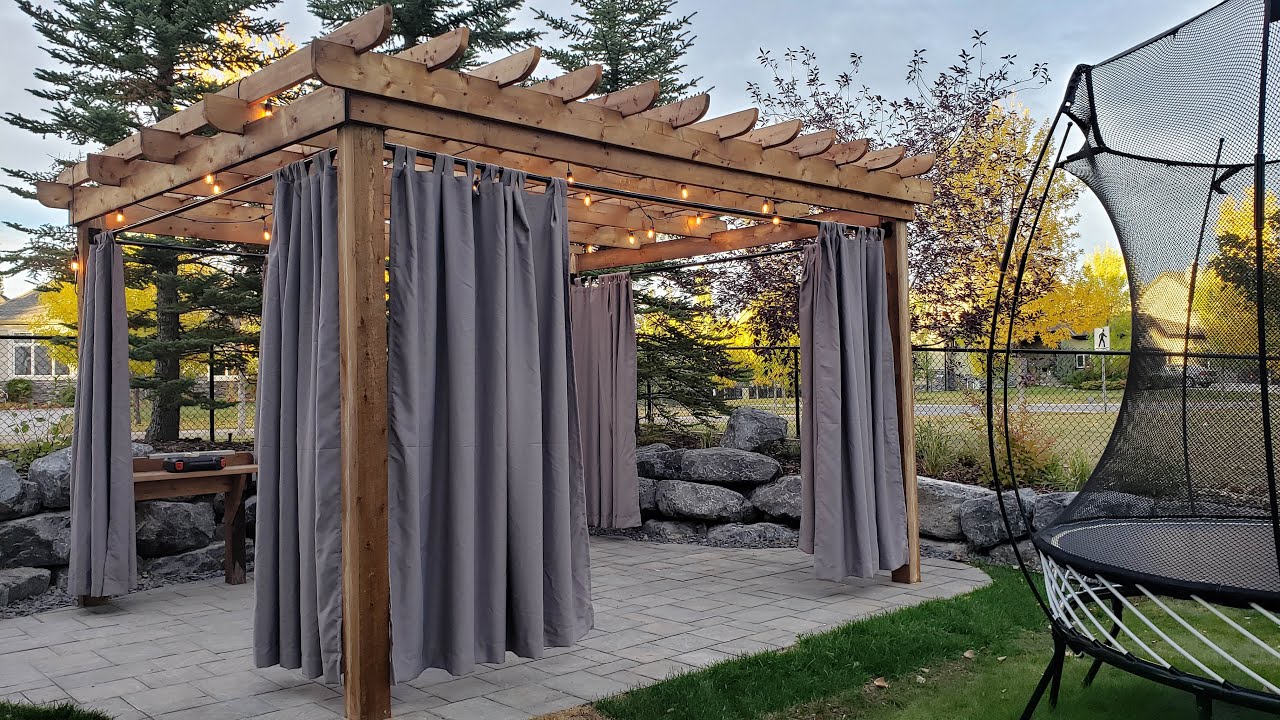

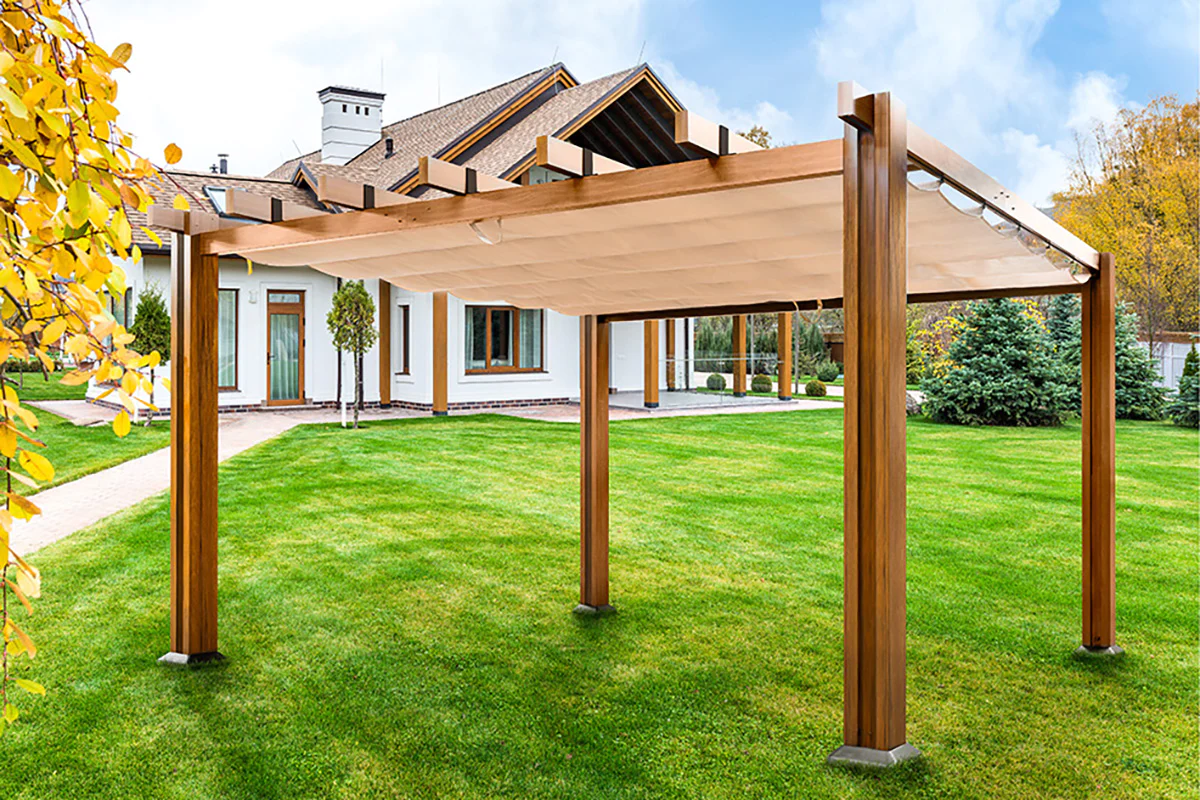
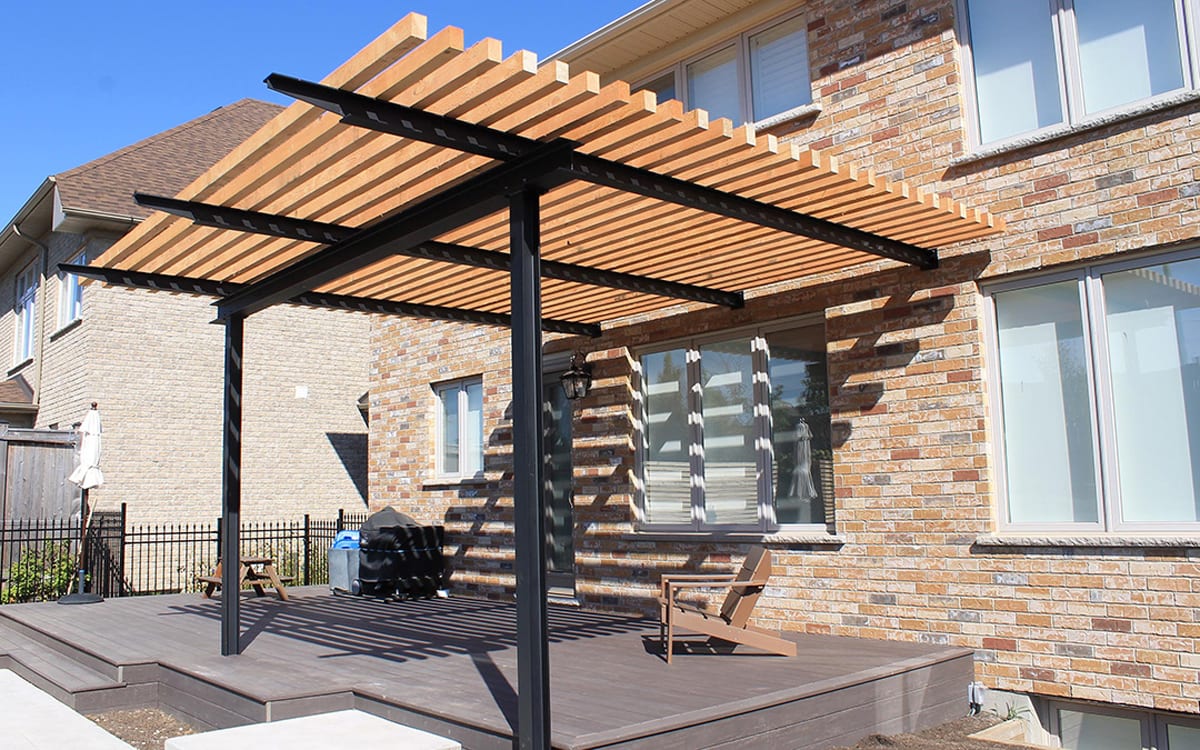

0 thoughts on “How To Secure A Pergola To The Ground”